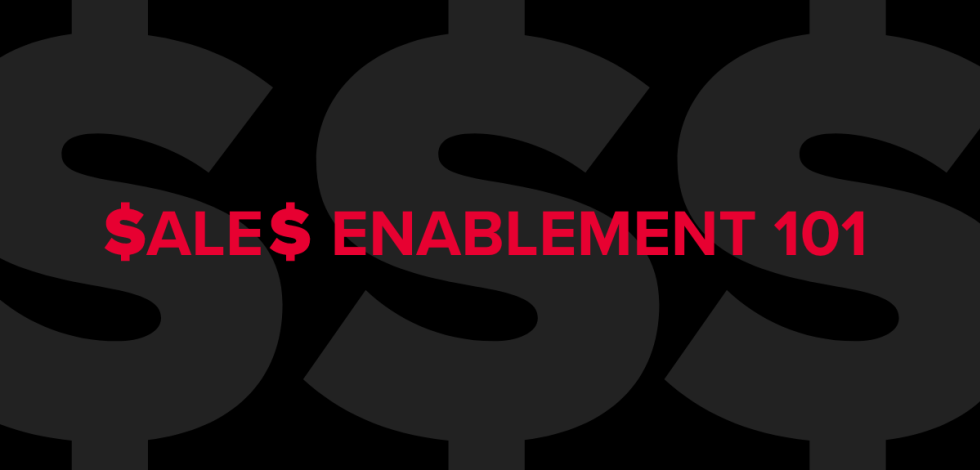Twitter is a real-time microblogging platform where users can find the latest information about almost any topic, including the businesses and brands they care about. On Twitter, your brand can broadcast short messages at a high frequency to followers (those who have elected to “follow” your brand’s profile).
Many marketers question whether or not they should be utilizing Twitter. The answer lies in your brand’s messaging and the audience it needs to reach. To determine if a Twitter presence makes sense for your brand, it’s important to first understand the goals of Twitter marketing.

What Are Your Twitter Marketing Goals?
With an average monthly user base of 326 million people, it’s clear that Twitter is an excellent place to reach and engage with audiences. Before diving in headfirst, though, you should establish which brand-specific goals you’ll be working toward. For businesses and brands, common Twitter goals include:
- Improve engagement with users
- Increase brand awareness
- Improve lead and sales generation
- Nurture a customer support channel
- Create positive brand perceptions
- Distribute content easily and directly
Setting goals ahead of time will in turn help you evaluate and optimize your performance on this platform. Consider how and why Twitter will be a useful tool for you.

Putting Twitter into Action
There are a few steps to take to ensure you reach your target audience. Most importantly, you should build a profile that catches attention.
Customize Your Brand Profile
Anyone looking at your company’s Twitter profile should know right away that it’s yours. You should customize and brand your profile with your logo, company colors and other recognizable details. There are a few places in which you can take advantage of customization:
- Handle: You create your Twitter handle as soon as you sign up for an account. This is your username and should include your company name so you can easily be found on the platform.
- Profile Image: Your Twitter profile image sits above your bio and should include your company logo, since it will accompany every interaction and tweet on the platform.
- Header: This is your profile’s background image. This image can be unique but should be branded. Since your profile image will likely be your company logo, you can skip adding the logo here. Try highlighting your latest product campaign or a new product release.
- Bio: A Twitter bio serves as a brief summary of what your profile is about in 160 characters or less. This section can be your mission statement or a blurb about what your company does.
- Website URL: Below your profile image and bio, there’s a spot where you can add your URL to direct people to your website. When creating this URL, consider building a query string in order to track who clicks on this link from Twitter. You can create multiple query strings to see what websites and external sources are driving traffic to your website.
- Pinned Tweet: The pinned tweet feature allows you to select a specific tweet to stay static at the top of your profile. A pinned tweet is the first thing your audience will see when they visit your profile, regardless of when the tweet was originally posted. You should keep your pinned tweet timely and relevant to what’s happening within your business or industry. The interval of pinned tweets depends on what’s performing best. As a baseline, it’s recommended you swap out your pinned tweet on a monthly basis.
In order to set up the Dana Aftermarket Twitter account, Concentrek chose a branded handle (@DanaAftermarket) and ensured that the look and feel of all profile assets, including profile and header images, remained consistent and clear. We also included a short bio and relevant website links so users can easily find the information they’re looking for.
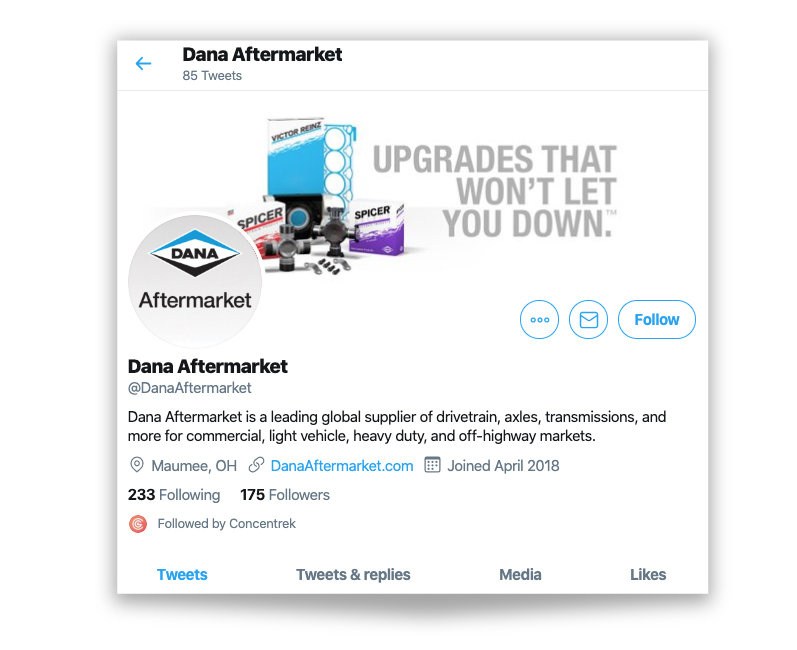
Add Valuable Content
The purpose of Twitter is to create conversations and if your content doesn’t back up an idea or educate and entertain your audience, it may miss the mark for high engagement. Make sure you craft your content with your buyer personas in mind so your messaging feels as if you are speaking to them directly. You can take full advantage of your 280-character limit by incorporating hashtags when possible.
Hashtags
When writing tweets, be sure to include the all-powerful hashtag. Adding relevant hashtags to your tweets will help group your content into specific, searchable categories that make your brand easier to find on Twitter; however, the use of hashtags is all about balance, so be mindful of how many you use. Too many hashtags in a tweet can come across as spammy, and users may be turned off by your content immediately. A best practice is to stick with one or two relevant hashtags per tweet: one that is brand specific and one that’s unique. For more details on hashtag basics, check out this article.
Frequency
It’s also important to consider the frequency of tweets. The majority of companies are tweeting more than once per day, and almost half are sending out one to five tweets per day; however, your audience isn’t on Twitter just to follow your brand, so avoid flooding their feeds with anything superfluous or unnecessary.
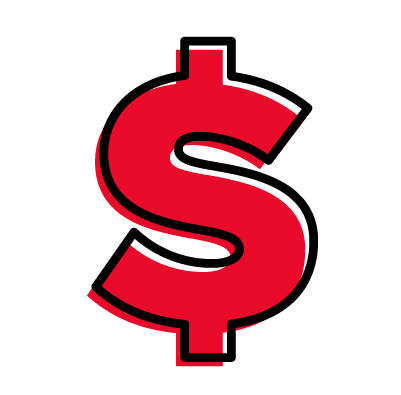
Explore Paid Options
Paid advertising on Twitter is an ideal way to reach an audience beyond those who follow your profile, which in turn will elevate your influence and follower count. You can do this through the use of promoted tweets or Twitter Ads.
Promoted Tweets
Twitter offers Promote Mode to help grow your influence by automatically serving your marketing messages to a larger audience. Promoted tweets appear in the Twitter news feed or Twitter search results of specific, targeted users. Your business will pay a monthly fee of $99 in order to run Promoted tweets. Twitter users can interact and engage with a promoted tweet the same way they would with an organic tweet. Promoted tweets can also be easily paired with Twitter Ads for a more customized advertising plan.
Twitter Ads
Twitter Ads are useful if your business has a variety of objectives, including app installs, video views or website conversions. Twitter ads are targeted similarly to promoted tweets, but price can vary based on your goals.
You have a variety of Twitter advertising options, including:
- Followers: Increase your Twitter following and build brand awareness
- Website Clicks or Conversions: Drive traffic and increase form conversions on your website
- App Installs or App Engagements: Promote mobile apps to smartphone users
- Leads: Collect email addresses and information directly from Twitter
- Promoted Tweets: Tweets backed by paid promotions for expanded reach
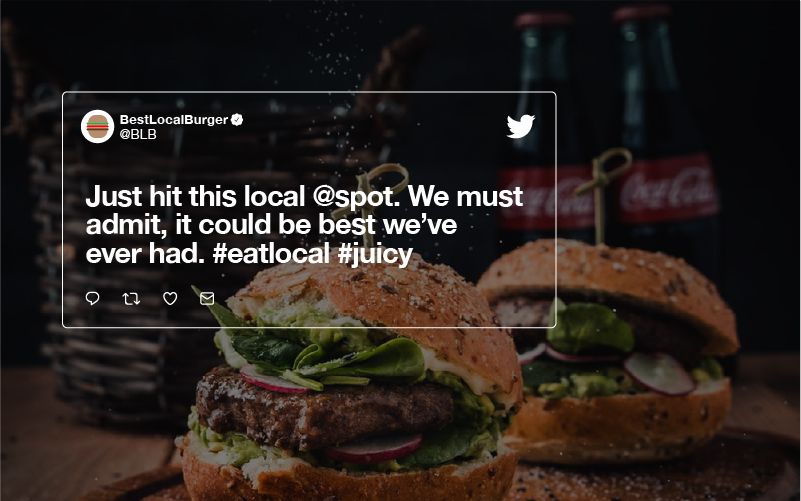
What to Tweet
At its core, social media is all about encouraging real conversations between people. If you want to succeed on Twitter, you need to truly resonate with your audience. That means representing what makes your company unique and not simply filling your feed with marketing content. It’s important to develop a “human” tone for your brand. What kind of personality does your brand have? Whether it is quirky or sophisticated, keep it consistent from tweet to tweet.
Interact with Followers
In addition to establishing your brand voice, make sure you actively engage with people on Twitter. This can be as simple as responding to their comments or “liking” what they say to show your audience that you value them. You want to create personal experiences for your followers in order to keep them coming back to your profile and following your updates, thus building brand loyalty.
Part of our role in helping monitor the Twitter account for Bionix® is ensuring we efficiently respond to those who interact with their tweets or mention the company in theirs. In conjunction with this approach, we also spend time searching Twitter for valuable, relevant content to retweet onto the Bionix’s Twitter to drive further engagement with their audience and relevant industry influencers.

Images and Video
Using multimedia elements continues to be an important and useful way to garner healthy engagement on social media. According to Twitter Business, 82 percent of all users view video content on Twitter. For example, sharing a behind-the-scenes video of your company helps establish your credibility and authenticity as a brand. Plus, Twitter offers Periscope, a real-time video service that allows you to share live video with your followers.
Posting pictures is another useful tactic when it comes to engagement. Design your images with the goal of sparking a conversation that is relevant to your brand messaging. Eye-catching images will stop users as they scroll through their news feed. If your tweet includes an image or video, keep the tweet copy short and allow the visual to do the talking.
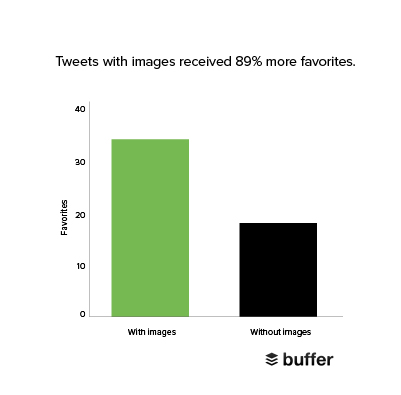
Share Mentions
If your brand or business is mentioned in an article, video or image on Twitter, be sure to share! This will legitimize your business in the eyes of anyone checking out your profile and will help establish your profile.
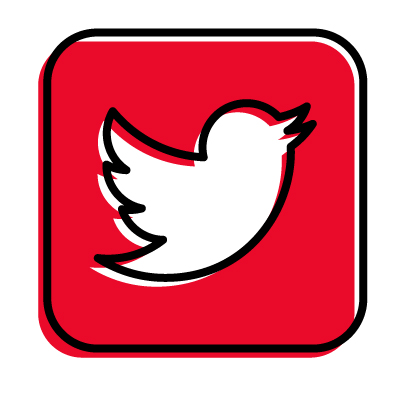
What to Avoid Tweeting
Although the Twitter platform encourages users to engage with their friends and followers in real time, it is not always done thoughtfully. In order to make the most out of your brand’s presence on Twitter, there are a few things to avoid.
Generic or Off-Topic Posts
Twitter offers an opportunity for your brand to talk to people who have made the decision to follow you. They want relevant information about your brand or products, so be yourself—and be on message.
Newsjacking
That’s the term for taking something that’s in the news and making it about your brand. That might be okay for Oscar night or the Super Bowl but interjecting yourself into a conversation about a national disaster—even to offer sympathy—can make you seem opportunistic. People may feel a connection to a brand, but it’s a much different relationship than the one they have with an individual person.
Hijacking Hashtags
When a topic is trending, it’s tempting to want to jump in with a message about your brand. Be very careful, as some hashtags are addressing sensitive topics, and it can backfire quickly.
Your Facebook Posts
It’s possible to link your Facebook posts so they automatically appear on your Twitter feed, but we don’t recommend this practice. Twitter’s character limit means that your Facebook posts could be truncated, so your message won’t be seen in full. That can prevent you from getting your call to action out in front of people. Write for the medium so your message has a better chance of being heard.
Are You Ready?
Do you think your company is ready for Twitter? Brands that meet the below requirements tend to perform best on this platform:
- Conversational tone: Are you prepared to have real-talk discussions and answer questions your followers may have?
- Ability to actively manage the platform: Do you have someone on staff who can devote the necessary time to properly maintaining this platform?
- Regular content that followers will want to consume: Will your tweets take your audience to something they can use?
- An active audience: Are your customers using Twitter?
While the above information is a great starting point for marketing on Twitter, the Concentrek social media team can elevate your strategy to the next level.
Take the Next Step
Ready to work with a team skilled in social media marketing? Reach out to us today.

